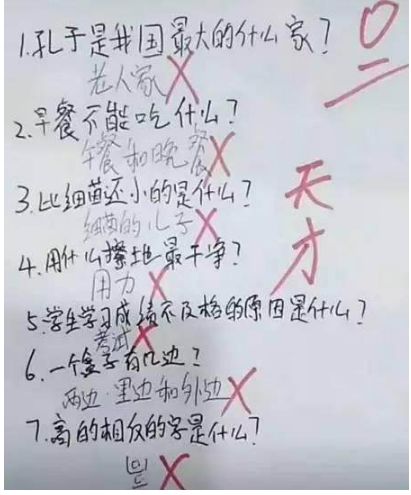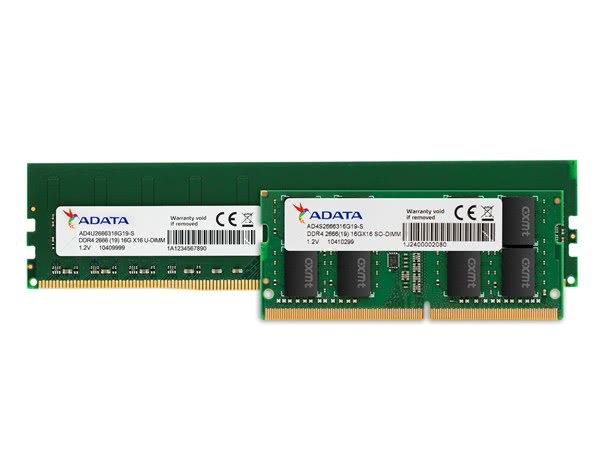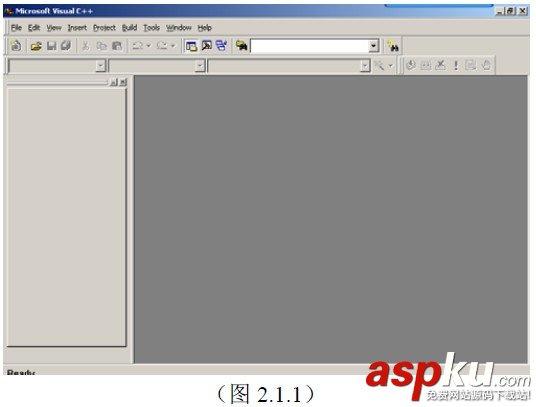shared_ptr是一种智能指针(smart pointer)。shared_ptr的作用有如同指针,但会记录有多少个shared_ptrs共同指向一个对象。
这便是所谓的引用计数(reference counting)。一旦最后一个这样的指针被销毁,也就是一旦某个对象的引用计数变为0,这个对象会被自动删除。这在非环形数据结构中防止资源泄露很有帮助。
auto_ptr由于它的破坏性复制语义,无法满足标准容器对元素的要求,因而不能放在标准容器中;如果我们希望当容器析构时能自动把它容纳的指针元素所指的对象删除时,通常采用一些间接的方式来实现,显得比较繁琐。boost库中提供了一种新型的智能指针shared_ptr,它解决了在多个指针间共享对象所有权的问题,同时也满足容器对元素的要求,因而可以安全地放入容器中。
总结下几个使用shared_ptr需要注意的问题:
一. 相互引用链
class C;class B : public std::enable_shared_from_this<B>{public: ~B(){ cout << "~B" << endl; } void SetPC(std::shared_ptr<C>& pc){ _pc = pc; } private: std::shared_ptr<C> _pc;};class C : public std::enable_shared_from_this<C>{public: ~C(){ cout << "~C" << endl; } void SetPB(std::shared_ptr<B>& pb){ _pb = pb; } private: std::shared_ptr<B> _pb;};int main(){ std::shared_ptr<C> pc = std::make_shared<C>(); std::shared_ptr<B> pb = std::make_shared<B>(); pc->SetPB(pb); pb->SetPC(pc); return 0;} 上面的代码中,B和C均不能正确析构,正确的做法是,在B和C的释放函数,如Close中,将其包含的shared_ptr置空。这样才能解开引用链。
二. 自引用
还有个比较有意思的例子:
class C : public std::enable_shared_from_this < C >{public: ~C() { std::cout << "~C" << std::endl; } int32_t Decode(const char* data, size_t) { return 0; } void SetDecoder(std::function<int32_t(const char*, size_t)> decoder) { _decoder = decoder; }private: std::function<int32_t(const char*, size_t)> _decoder;};int main(){ { std::shared_ptr<C> pc = std::make_shared<C>(); auto decoder = std::bind(&C::Decode, pc, std::placeholders::_1, std::placeholders::_2); pc->SetDecoder(decoder); } // C不能正确析构 因为存在自引用 return 0;} 上面的C类包含了一个function,该function通过std::bind引用了一个std::shared_ptr,所以_decoder其实包含了一个对shared_ptr的引用。导致C自引用了自身,不能正确析构。需要在C的Close之类的执行关闭函数中,将_decoder=nullptr,以解开这种自引用。
三. 类中传递
下面的例子中有个更为隐蔽的问题:
class Session : public std::enable_shared_from_this < Session >{public: ~Session() { std::cout << "~C" << std::endl; } void Start() { // 进行一些异步调用 // 如 _socket.async_connect(..., boost::bind(&Session::ConnectCompleted, this), boost::asio::placeholders::error, ...) } void ConnectCompleted(const boost::system::err_code& err) { if(err) return; // ... 进行处理 // 如 _socket.async_read(..., boost::bind(&Session::ReadCompleted, this), boost::asio::placeholders::error, ...) } void Session::ReadComplete(const boost::system::error_code& err, size_t bytes_transferred) { if (err || bytes_transferred == 0) { DisConnect(); return; } // 处理数据 继续读 // ProcessData(); // _socket.async_read(...) }private: std::function<int32_t(const char*, size_t)> _decoder;};int main(){ { std::shared_ptr<Session> pc = std::make_shared<Session>(); pc->Start(); } return 0;} 上面Session,在调用Start时,调用了异步函数,并回调自身,如果在回调函数的 boost::bind 中 传入的是shared_from_this(),那么并无问题,shared_ptr将被一直传递下去,在网络处理正常时,Session将正常运行,即使main函数中已经没有它的引用,但是它靠boost::bind”活了下来”,boost::bind会保存传给它的shared_ptr,在调用函数时传入。当网络遇到错误时,函数直接返回。此时不再有新的bind为其”续命”。Session将被析构。
而真正的问题在于,如果在整个bind链中,直接传递了this指针而不是shared_from_this(),那么实际上当函数执行完成后,Session即会析构,包括其内部的资源(如 _socket)也会被释放。那么当boost底层去执行网络IO时,自然会遇到错误,并且仍然会”正常”回调到对应函数,如ReadCompleted,然后在err中告诉你:”由本地系统终止网络连接”(或:”An attempt to abort the evaluation failed. The process is now in an indeterminate state.” )。让人误以为是网络问题,很难调试。而事实上此时整个对象都已经被释放掉了。
注:由于C++对象模型实现所致,成员函数和普通函数的主要区别如下:
- 成员函数带隐式this参数
- 成员函数具有访问作用域,并且函数内会对非静态成员变量访问做一些转换,如 _member_data 转换成 this->_member_data;
也就是说,成员函数并不属于对象,非静态数据成员才属于对象。
因此如下调用在编译期是合法的:
而如果成员函数A::Func()没有访问A的非静态成员变量,这段代码甚至能正确运行,如:
class Test{public: void Say() { std::cout << "Say Test" << std::endl; } void Set(int data) { _data = data; }private: int _data;};int main(){ // 运行成功 ((Test*)nullptr)->Say(); // 运行会崩掉,尝试访问空指针所指内存(_data) ((Test*)nullptr)->Set(1); return 0;} 正因为这种特性,有时候在成员函数中纠结半天,也不会注意到这个对象已经”不正常了”,被释放掉了。
四. shared_ptr 使用总结
尽量不要环引用或自引用,可通过weak_ptr来避免环引用:owner持有child的shared_ptr child持有owner的weak_ptr
如果存在环引用或自引用,记得在释放时解开这个引用链
对于通过智能指针管理的类,在类中通过shared_from_this()而不是this来传递本身
在类释放时,尽量手动置空其所有的shared_ptr成员,包括function



















